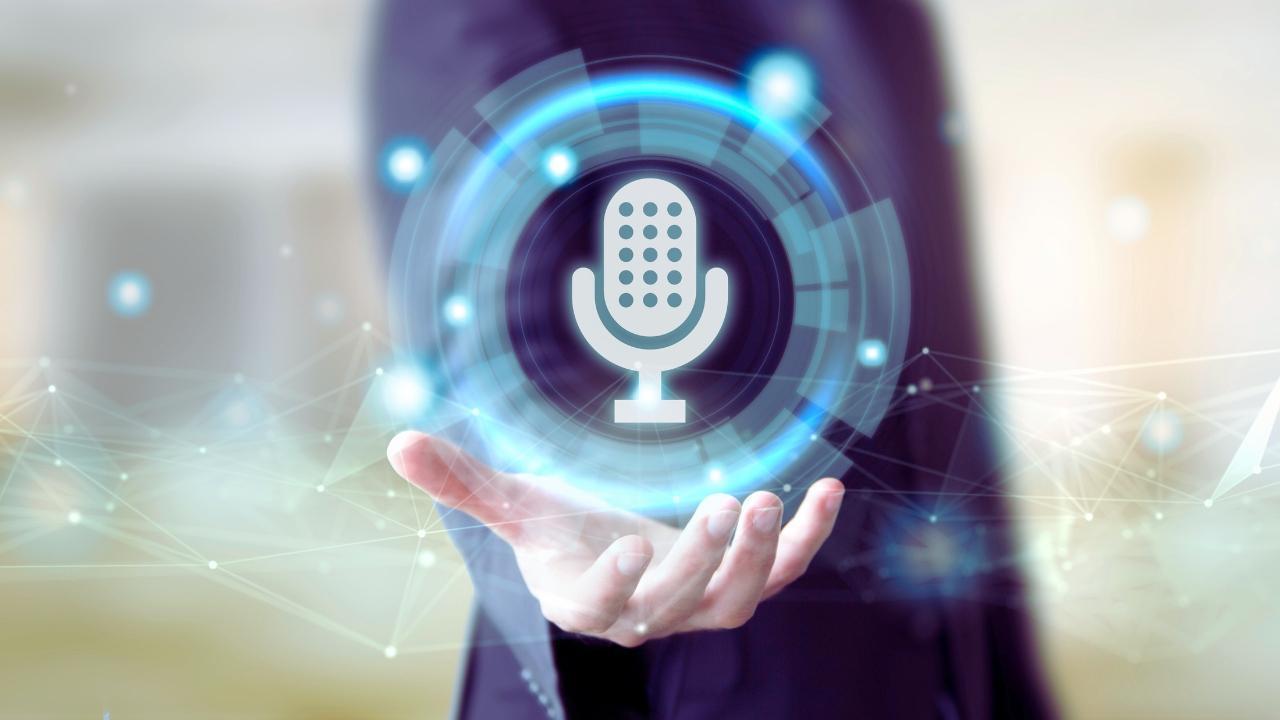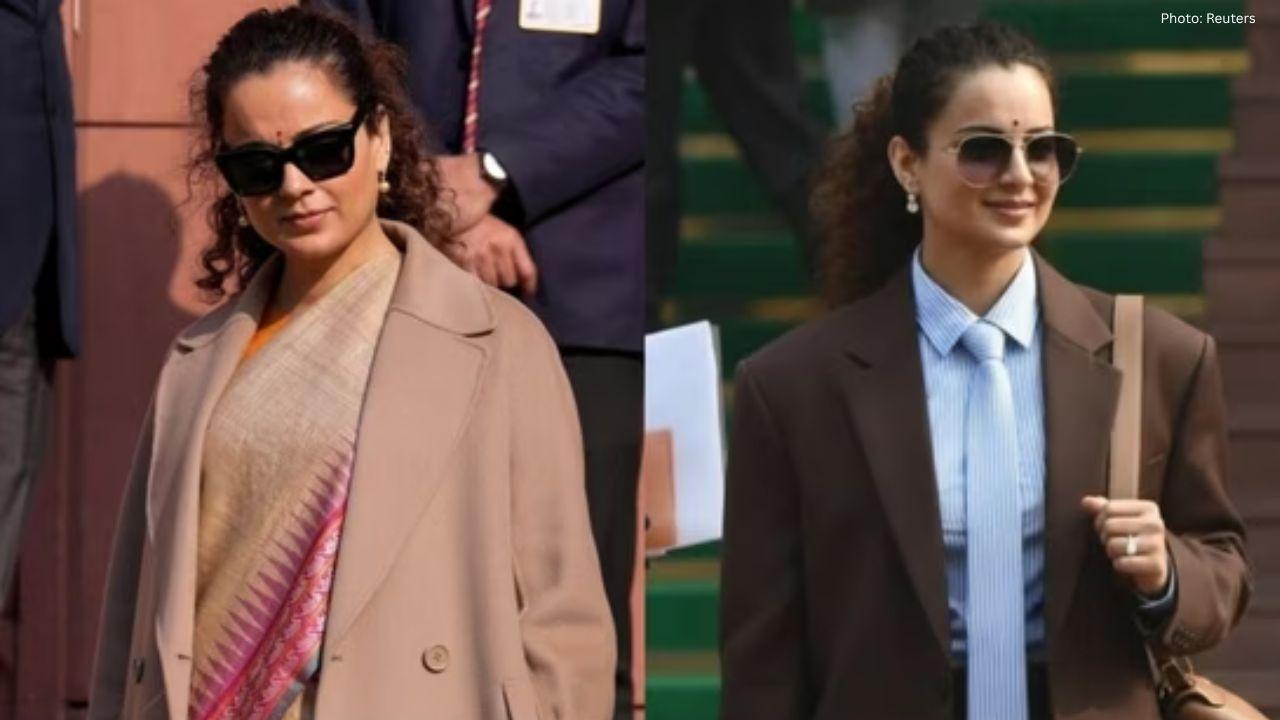You have not yet added any article to your bookmarks!

Join 10k+ people to get notified about new posts, news and tips.
Do not worry we don't spam!

Post by : Anis Farhan
Artificial Intelligence (AI) is changing the way we create, consume, and experience music. Among its many breakthroughs, one of the most talked-about innovations is AI-powered vocal removal technology. For decades, removing vocals from a song or isolating specific elements like drums or instruments required advanced studio skills, expensive hardware, and time-consuming manual work. Today, AI has brought this capability to everyone—from professional music producers to hobbyists—through easy-to-use tools that deliver studio-quality results within minutes.
This technology is rapidly becoming a game-changer not only for musicians but also for content creators, DJs, karaoke enthusiasts, and even educators in the field of music. What once seemed like a complex engineering feat is now available at the click of a button, democratizing access to high-quality audio editing.
At its core, AI vocal removal refers to the process of separating different elements of a song, such as vocals, instrumentals, drums, and bass, using machine learning algorithms. Unlike traditional methods that relied heavily on phase cancellation or equalization (EQ) techniques—which often left behind distorted artifacts—AI uses deep neural networks trained on thousands of audio samples to “understand” how vocals differ from instruments. This understanding allows the software to extract vocals or instrumentals with remarkable accuracy and clarity.
Most AI vocal remover tools today are cloud-based platforms that allow users to upload their audio file, select the desired output (vocals, instrumental, or both), and download the processed tracks. The speed, accuracy, and affordability of these tools are what make them stand out.
Several reasons explain why AI vocal removal technology is gaining so much attention in 2025:
Rise of Content Creation Platforms
Social media and video platforms like TikTok, Instagram Reels, and YouTube have fueled an explosion of creators who need custom soundtracks, mashups, and karaoke tracks. AI vocal removers make it easy for them to repurpose existing music without complex studio setups.
Growth of Karaoke and Music Apps
Karaoke remains hugely popular globally, especially in Asia. Platforms and apps offering karaoke services are now integrating AI-based features to allow users to create custom tracks instantly.
DJ and Remix Culture
DJs and music producers thrive on remixes and mashups. With AI vocal isolation, they can separate vocals from instrumentals and create innovative remixes without licensing stems from record labels.
Accessibility for Beginners
Previously, audio editing was a technical skill reserved for trained engineers. Now, AI tools are designed with user-friendly interfaces, making music editing accessible to anyone with a laptop or smartphone.
AI vocal removers rely on machine learning models, particularly convolutional neural networks (CNNs), that are trained on massive datasets of music tracks. These models learn patterns in frequencies and waveforms associated with human voices versus instruments. When you upload a track, the AI analyzes its spectral properties and isolates components based on the learned patterns.
Modern tools also use source separation algorithms like Spleeter (an open-source library developed by Deezer) as a backbone for many commercial services. Over time, these systems have improved, reducing common issues such as echo, residual artifacts, and misclassification of sounds.
AI vocal removal tools are not just a novelty—they serve practical purposes across industries:
Content Creation: Influencers and video editors can craft custom soundtracks without copyright complications by removing vocals or replacing instrumentals.
Education: Music teachers use these tools to demonstrate specific instruments to students by isolating tracks.
Live Performances: Artists can create karaoke versions for live shows or practice sessions.
Personal Enjoyment: Karaoke enthusiasts can convert their favorite songs into sing-along tracks effortlessly.
The biggest advantage of AI-driven solutions is efficiency. Traditional methods like phase inversion often left behind faint traces of vocals and degraded the audio quality. AI, however, uses pattern recognition to achieve a cleaner separation. Moreover, AI solutions require no special equipment, making them cost-effective for both amateurs and professionals.
Another notable benefit is the speed. What once took hours in a professional studio now takes minutes—or even seconds—with AI. This speed allows creators to meet the fast-paced demands of digital platforms where trending audio clips often determine the success of a post.
Despite its impressive capabilities, AI vocal removal technology isn’t perfect. Challenges include:
Quality Variability: Some tracks, especially older recordings or live performances, may not separate cleanly due to background noise or reverb.
Licensing Issues: Even though you can separate tracks, using them commercially without permission can still lead to copyright problems.
Computational Power: High-quality AI processing often requires robust servers or cloud resources, which can be costly for service providers.
These limitations, however, are gradually being addressed as algorithms improve and legal frameworks adapt to AI-driven content creation.
AI vocal removers represent a double-edged sword for the music industry. On the one hand, they empower creativity by giving individuals tools to remix and reinterpret music. On the other, they raise concerns about intellectual property rights and fair compensation for artists.
Record labels and streaming platforms are exploring new licensing models to balance accessibility with artist revenue. Some companies are even launching AI-friendly licensing packages, where artists can allow fans to create derivative works under specific terms.
The future of AI vocal removal technology looks promising, with several key trends on the horizon:
Real-Time Processing: Soon, musicians will be able to isolate vocals during live performances or streaming sessions instantly.
Integration with DAWs: Digital Audio Workstations like Ableton and FL Studio are expected to incorporate built-in AI separation tools.
Higher Accuracy: With better training datasets and advanced AI architectures, we can expect near-perfect isolation.
Cross-Platform Integration: Social media apps may embed vocal removal tools, enabling users to remix songs without leaving the platform.
AI vocal removers are not just tools for professionals—they represent the democratization of music creation. Anyone with a passion for music can now edit, remix, and experiment without the barriers of cost and technical skill. This inclusivity is shaping a new era of creativity, where technology serves as an enabler rather than a gatekeeper.
As AI continues to evolve, its role in music will expand beyond editing into areas like composition, mastering, and personalized playlists. But for now, vocal removal stands out as one of the most impactful and widely adopted innovations in the music tech space.
The rise of AI vocal removal technology highlights a broader trend: the fusion of creativity and technology in everyday life. Whether you are a content creator, musician, educator, or someone who simply loves karaoke nights, this tool offers a powerful way to engage with music like never before. The next big hit might not come from a professional studio—it might come from your living room, powered by AI.
The information provided in this article is for general informational purposes only and does not constitute legal or professional advice. Users must ensure compliance with applicable copyright laws before using AI tools for music editing or commercial purposes.










Two Telangana Women Die in California Road Accident, Families Seek Help
Two Telangana women pursuing Master's in the US died in a tragic California crash. Families urge gov

Ranveer Singh’s Dhurandhar Roars Past ₹1100 Cr Worldwide
Ranveer Singh’s Dhurandhar stays unstoppable in week four, crossing ₹1100 crore globally and overtak

Asian Stocks Surge as Dollar Dips, Silver Hits $80 Amid Rate Cut Hopes
Asian markets rally to six-week highs while silver breaks $80, driven by Federal Reserve rate cut ex

Balendra Shah Joins Rastriya Swatantra Party Ahead of Nepal Polls
Kathmandu Mayor Balendra Shah allies with Rastriya Swatantra Party, led by Rabi Lamichhane, to chall

Australia launches review of law enforcement after Bondi shooting
Australia begins an independent review of law enforcement actions and laws after the Bondi mass shoo

Akshaye Khanna exits Drishyam 3; Jaideep Ahlawat steps in fast
Producer confirms Jaideep Ahlawat replaces Akshaye Khanna in Drishyam 3 after actor’s sudden exit ov